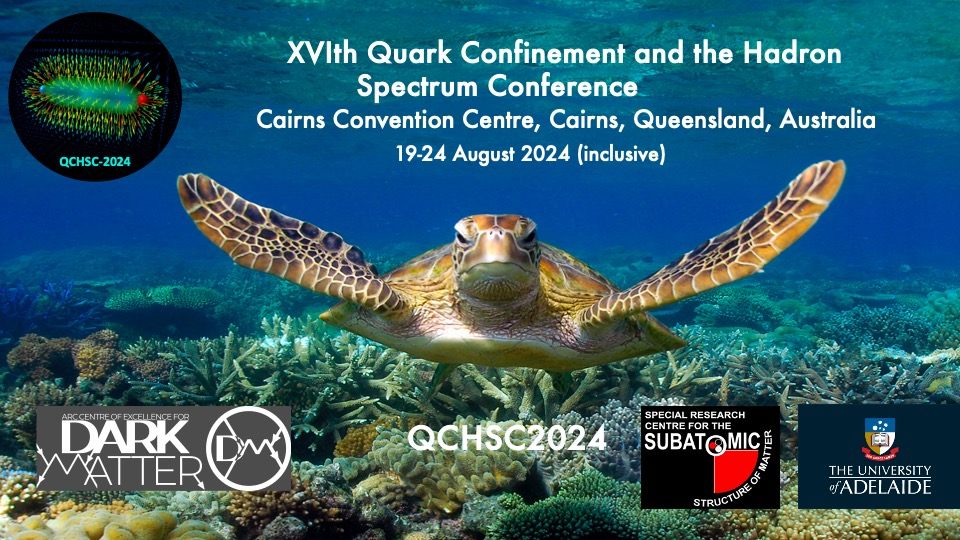Speaker
Description
We consider a pure Yang-Mills theory on $\mathbb{T}^2\times\mathbb{R}^2$ with boundary conditions imposed not only in the imaginary time direction but also in one spatial direction, and discuss thermodynamic quantities and their phase structures. The introduction of the boundary condition leads to the breaking of rotational symmetry, resulting in anisotropy of the pressure. Results from lattice QCD simulations [1] show that the anisotropic effect is suppressed until the spatial extension becomes significantly smaller near the critical temperature. This result is a very different behavior from that of massless free boson systems. In order to clarify the mechanism behind this result, we employ an effective model with two Polyakov loops along the time and spatial directions [2]. We show that introducing the interplay of two Polyakov loops well describes the lattice data in the high-temperature region, as suggested in a previous study [3]. Furthermore, we suggest the presence of a new first-order phase transition, which is distinguished from the confinement phase transition.
[1]Masakiyo Kitazawa et al, Phys. Rev. D 99, 094507 (2019)
[2]Daisuke Fujii, Akihiro Iwanaka, Masakiyo Kitazawa and Daiki Suenaga, arXiv:2402.17638 [hep-ph]
[3]Daiki Suenaga and Masakiyo Kitazawa, Phys. Rev. D 107, 074502 (2023)
